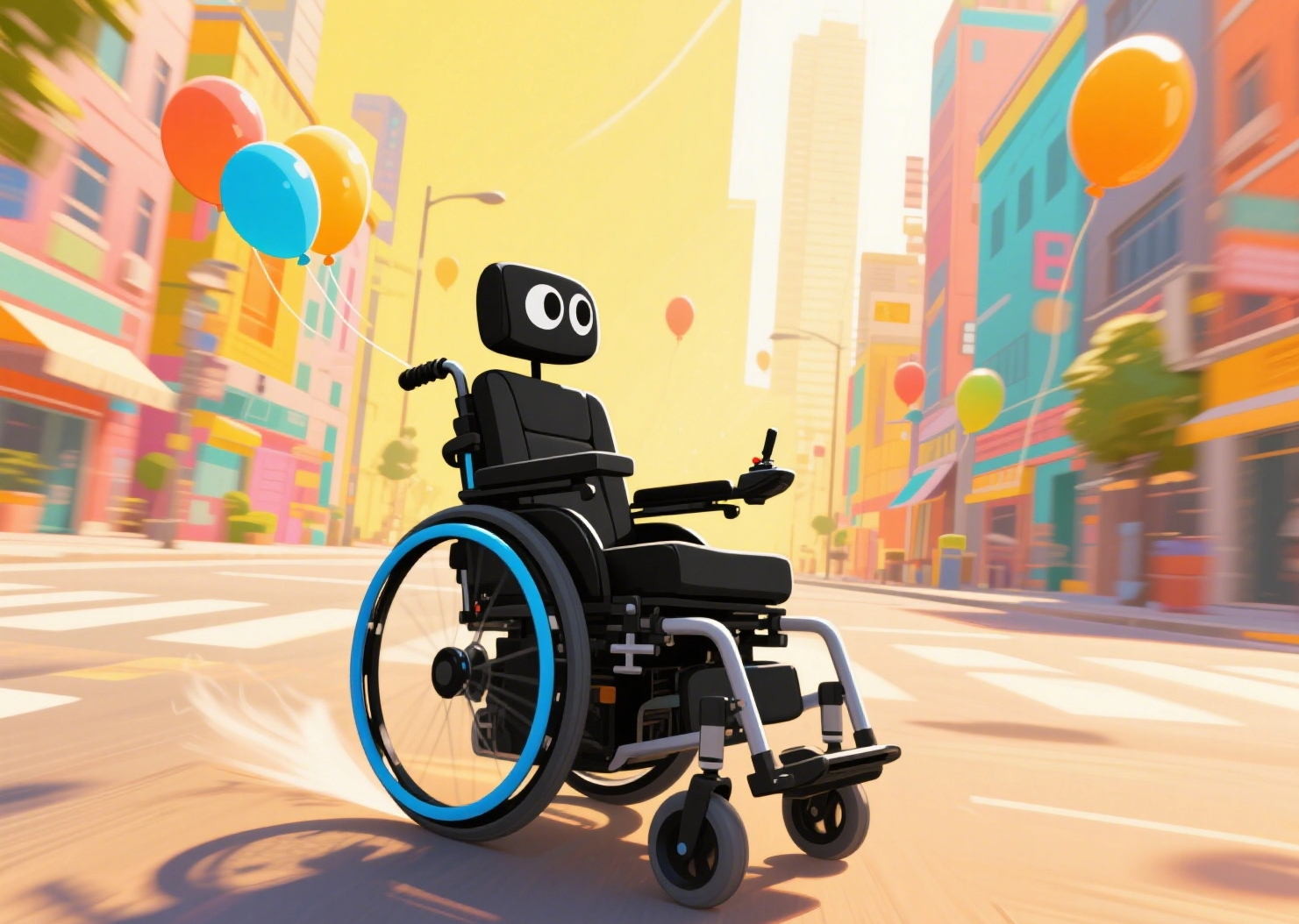
Powered wheelchairs are essential mobility aids for the people with disabilities, offering them the gift of freedom and independence. One of the key aspects of these wheelchairs is their speed, which significantly impacts the user’s daily life and mobility experience.
Mobility electric wheelchairs come in various speed ranges. Generally, they typically range from 3 to 8 miles per hour (about 4.8 to 12.9 kilometers per hour), with an average speed of 3 to 5 miles per hour (around 4.8 to 8 kilometers per hour). Lower – speed wheelchairs, usually with a maximum speed of around 3 miles per hour, are ideal for indoor use. They provide sufficient mobility for navigating through narrow hallways, around furniture, and in other confined spaces, ensuring safety and easy maneuverability.
For outdoor use, higher – speed models are more suitable. Some advanced outdoor – oriented motorized wheel chairs can reach speeds of 15 miles per hour (about 24.1 kilometers per hour) or even higher. These are great for covering longer distances, crossing streets quickly, and moving around in open areas such as parks or large parking lots.
Several factors can influence the maximum speed of a electric wheel chairs. Firstly, battery condition is crucial. A fully – charged and high – quality battery can provide the necessary power for the wheelchair to reach its optimal speed. As the battery discharges or ages, the power output may decrease, resulting in a slower speed.
Motor power is another determinant. Electronic wheel chairs with more powerful motors are capable of achieving higher speeds and can also handle various terrains more effectively. For example, a wheelchair with a high – power motor can maintain a relatively stable speed when going up a gentle slope, while a low – power one may slow down significantly.
The weight of the user and the overall weight of the wheel chair electric itself also play a role. Each power chair wheelchair has a maximum weight capacity. If the user’s weight exceeds this limit, the wheelchair may struggle to reach its maximum speed. Additionally, a heavier wheelchair design, especially those with a lot of extra features or a robust frame, may be slower compared to a lightweight and aerodynamic model.
Terrain is an external factor that cannot be ignored. On a smooth, flat surface, a mobility wheelchairs electric is more likely to reach its maximum speed. However, on rough, uneven, or sloped terrain, the speed will be affected, and the wheelchair may need to slow down to ensure safety and stability.
Selecting the appropriate speed for your powered wheelchair is vital for both safety and comfort. If you mainly use the electric wheelchair indoor, a lower – speed model is usually sufficient. It can prevent accidents in small spaces and is easier to control.
For those who are more active and spend a lot of time outdoors, a higher – speed wheelchair can greatly improve mobility. It allows you to keep up with others, cross streets safely, and enjoy outdoor activities more freely. However, it’s important to consider your physical condition and driving skills. Make sure you can control the electric power chairs safely at the selected speed. If necessary, consult a healthcare professional or a mobility specialist. They can give you personalized advice based on your specific situation.
In conclusion, the maximum speed of electric mobility wheelchair is a complex but important topic. By understanding the factors that affect speed and choosing the right speed for your needs, you can make the most of your wheelchair, enhancing your independence and quality of life. Whether you are an person with limited mobility seeking convenient indoor mobility or an active individual looking for more freedom outdoors, there is a electric wheel chair with a suitable speed waiting for you.
Copyright@ 2025 Nanjing Kangni Smart Technology Co., Ltd. All Right Reserved.